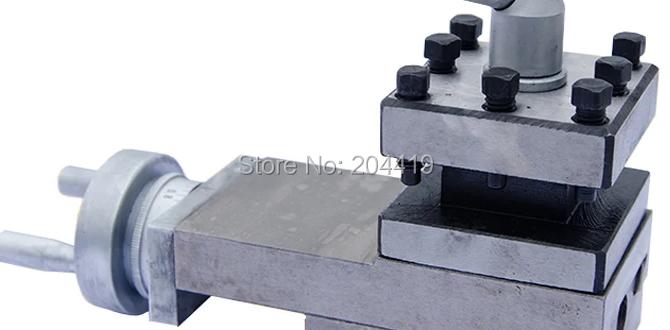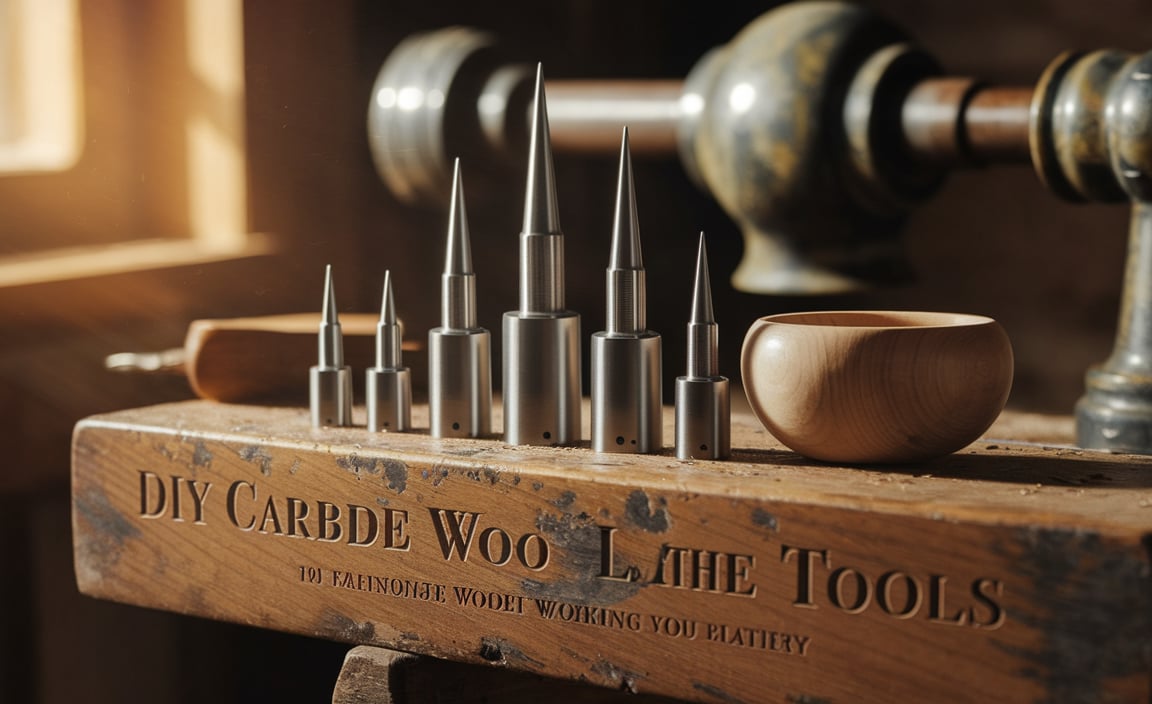Wood Lathe Dust Hood Reviews: Best & Affordable
Wood lathe dust hood reviews are an essential resource for any woodturner looking to improve their workshop environment. The fine wood dust generated by a lathe can be a significant respiratory hazard and also creates a messy workspace. Investing in a good dust hood is not just about tidiness; it’s about protecting your health and prolonging the life of your tools and the wood you’re working with. But with a variety of options on the market, how do you choose the right one? This guide dives into what makes a quality dust hood, what features to look for, and highlights some of the best and most affordable options available.
Why You Need a Wood Lathe Dust Hood
Before we delve into specific reviews, let’s understand the imperative reasons for using a dust hood on your wood lathe.
Health Protection: Inhaling fine wood dust is linked to a range of respiratory problems, from irritation and allergies to more serious conditions like asthma and even long-term lung damage. A dust hood, when connected to a dust collection system, acts as the first line of defense by capturing a significant portion of this airborne particulate matter at its source.
Workshop Cleanliness: Anyone who has spent time at a wood lathe knows how quickly dust accumulates. It coats surfaces, gets into machinery, and creates an unpleasant, dusty atmosphere. A dust hood dramatically reduces the amount of dust that disperses into the air, leading to a cleaner and more enjoyable workspace.
Tool Longevity: Dust can infiltrate the moving parts of your lathe, motors, and electronics, leading to premature wear and tear. Keeping dust out of these critical components can extend the lifespan of your equipment.
Improved Visibility: A clean environment with less airborne dust means you have a clearer view of your workpiece. This is crucial for safety and for achieving precise turning results.
Key Features to Consider in Wood Lathe Dust Hood Reviews
When evaluating different wood lathe dust hoods, several key features will determine their effectiveness and suitability for your needs.
Size and Coverage: The hood needs to be large enough to adequately cover the turning operations on your lathe. Consider the swing capacity of your lathe and the typical size of projects you undertake. Some hoods are designed for specific lathe models or ranges, while others are more universal.
Material and Durability: Most dust hoods are made from plastic or sturdy fabrics. Plastic hoods are typically rigid and easier to clean, offering excellent dust containment. Fabric hoods can be more flexible and sometimes offer better fitment around irregular lathe shapes, but they may be less durable and harder to clean thoroughly.
Dust Port Size and Compatibility: The dust port is where the hose from your dust collection system connects. Ensure the port size is compatible with your vacuum or dust collector. Standard sizes are common, but some hoods may offer adapters or multiple port options. A larger port generally allows for better airflow.
Ease of Installation and Removal: You’ll likely want a dust hood that is easy to attach and detach, especially if you need to access your lathe for adjustments or setup. Some models clamp on, while others might require straps or a more permanent fitting.
Airflow Efficiency: The design of the hood plays a role in how effectively it directs dust towards the collection port. Look for designs that create a good vacuum seal around the chuck and workpiece while allowing for sufficient airflow.
Visibility: While the primary goal is dust collection, you still need to see your work. Some hoods are clear or have cutouts designed to minimize obstruction.
Affordability: As the topic suggests, finding a balance between quality and cost is important. There are excellent options at various price points, from basic DIY solutions to more sophisticated manufactured units.
Notable Wood Lathe Dust Hood Reviews: Top Picks
Based on common recommendations and user feedback, here are some types of wood lathe dust hoods that often receive positive wood lathe dust hood reviews. While specific brands and models may change, the principles remain the same.
DIY and Budget-Friendly Options
For those on a tight budget or who enjoy a hands-on approach, there are several effective DIY solutions.
Plastic Storage Bin Method: Many turners repurpose clear plastic storage bins. By cutting an opening for the lathe and a port for dust collection, you create a surprisingly effective dust shield. The clear material allows for good visibility. This method is highly customizable and very affordable.
Sheet Metal or Plywood Hoods: For the more mechanically inclined, fabricating a custom hood from sheet metal or thin plywood is an option. This allows for precise fitting to your lathe and can be very durable. It requires more tools and skill but can result in a robust and tailored solution.
Fabric Hoods with Frame: Some basic fabric dust hoods are available, often made from canvas or heavy-duty cloth, supported by a simple frame. These are generally lighter and can be more forgiving in terms of fit, but might not provide the same level of dust containment as rigid plastic hoods.
Manufactured Dust Hoods: Value and Performance
When you’re ready to invest in a dedicated product, several manufactured options offer excellent performance at reasonable prices.
“Universal” Hoods: Many companies offer “universal” dust hoods designed to fit a wide range of lathes. These often feature adjustable clamps or magnetic attachments for secure mounting. They are typically made from durable plastic and are designed with optimal airflow in mind. Look for models with a standard 2.5″ or 4″ dust port. While they might not be perfectly tailored, they provide a significant improvement over no dust collection.
Specialized Lathe Hoods: Some manufacturers produce dust hoods specifically designed for popular lathe brands or models. These often offer a more precise fit and can be easier to install. While they might come with a slightly higher price tag, the improved integration can be worth it.
Dust Banners/Curtains with Integrated Ports: These are less of a “hood” and more of a flexible barrier. They hang around the lathe and often have a reinforced opening into which a dust collection hose can be inserted. They control dust dispersion in a broader area and can be a good option for larger lathes or workshops where a rigid hood might be cumbersome.
Maximizing Your Dust Hood’s Effectiveness
Simply having a dust hood isn’t enough. To get the most out of your investment, consider these tips:
Proper Placement: Position the dust hood so it effectively encloses the turning zone, minimizing the gap between the hood and the lathe bed or banjo.
Adequate Airflow: Connect your dust hood to a dust collection system with sufficient CFM (cubic feet per minute) to effectively pull dust away. A weak vacuum will render even the best hood less effective.
Regular Cleaning: Even with a dust collection system, some dust will inevitably accumulate on the hood itself. Regular cleaning prevents buildup and maintains visibility.
* Combine with Other Dust Control Measures: A dust hood is part of a comprehensive dust control strategy. Consider wearing a dust mask or respirator, and using other dust collection points around your workshop.
Conclusion
Investing in a quality wood lathe dust hood is a smart move for any woodturner. The wood lathe dust hood reviews and considerations presented here should empower you to make an informed decision. Whether you opt for a cost-effective DIY solution or a purpose-built manufactured unit, the benefits of cleaner air, a tidier workshop, and improved personal health are undeniable. Protect yourself and your craft by making dust collection a priority on your lathe.





